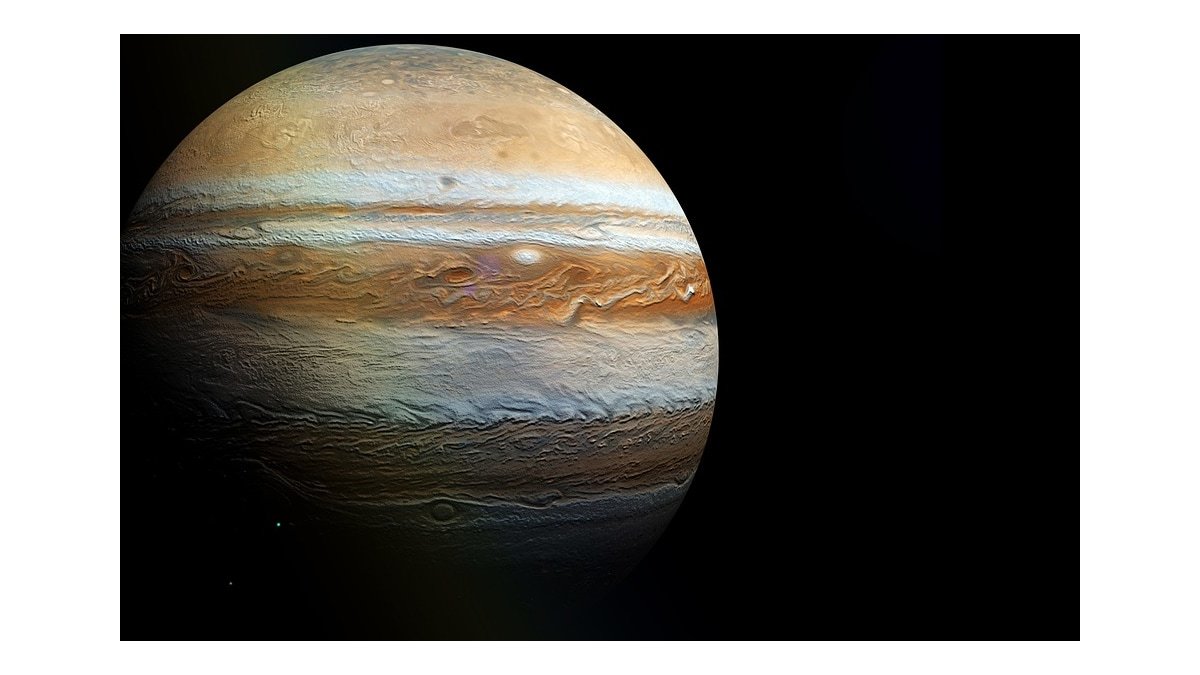The images, taken by astrophotographer Michael Karrer utilizing an 8-inch Celestron telescope close to his residence in Austria on November 30, showcase two vital white patches throughout the SEB, as per reviews. The white storms, described as huge thunderstorms, had been mentioned by John Rogers, an astronomer on the British Astronomical Association, in a report by Spaceweather.com. He famous that related storms had been final noticed on the gasoline large between 2016 and 2017.
Thunderstorms’ Dimensions and Lightning
Reports point out that the thunderstorms lengthen almost 100 kilometres beneath Jupiter’s swirling ambiance. Though their actual dimensions stay uncalculated, their widths are thought to exceed Earth’s diameter. The storms additionally unleash inexperienced lightning, attributable to atmospheric ammonia, in distinction to the blue hue of terrestrial lightning attributed to water vapour. This was beforehand detailed in NASA research.
Potential Effects on Jupiter’s Colour
As the storms dissipate, their pale hues could combine with the SEB’s rusty tones. This mixing impact has been reported to decrease the belt’s vibrancy, and historic observations affirm that the SEB has seemingly “disappeared” throughout related occasions, together with between 1973 and 1991 and briefly in 2010, in accordance with Astronomy Magazine. While the present storms have already begun creating pale streaks, it stays unsure whether or not they are going to solely erase the SEB’s distinctive colouring.
Optimal Viewing Conditions for Jupiter
Jupiter’s proximity to Earth, often known as opposition, has made it a perfect goal for astronomy fans. Reports counsel that the planet, situated within the Taurus constellation, will stay seen for a number of weeks. Stargazers with telescopes or binoculars are inspired to look at the phenomenon whereas circumstances are beneficial.




